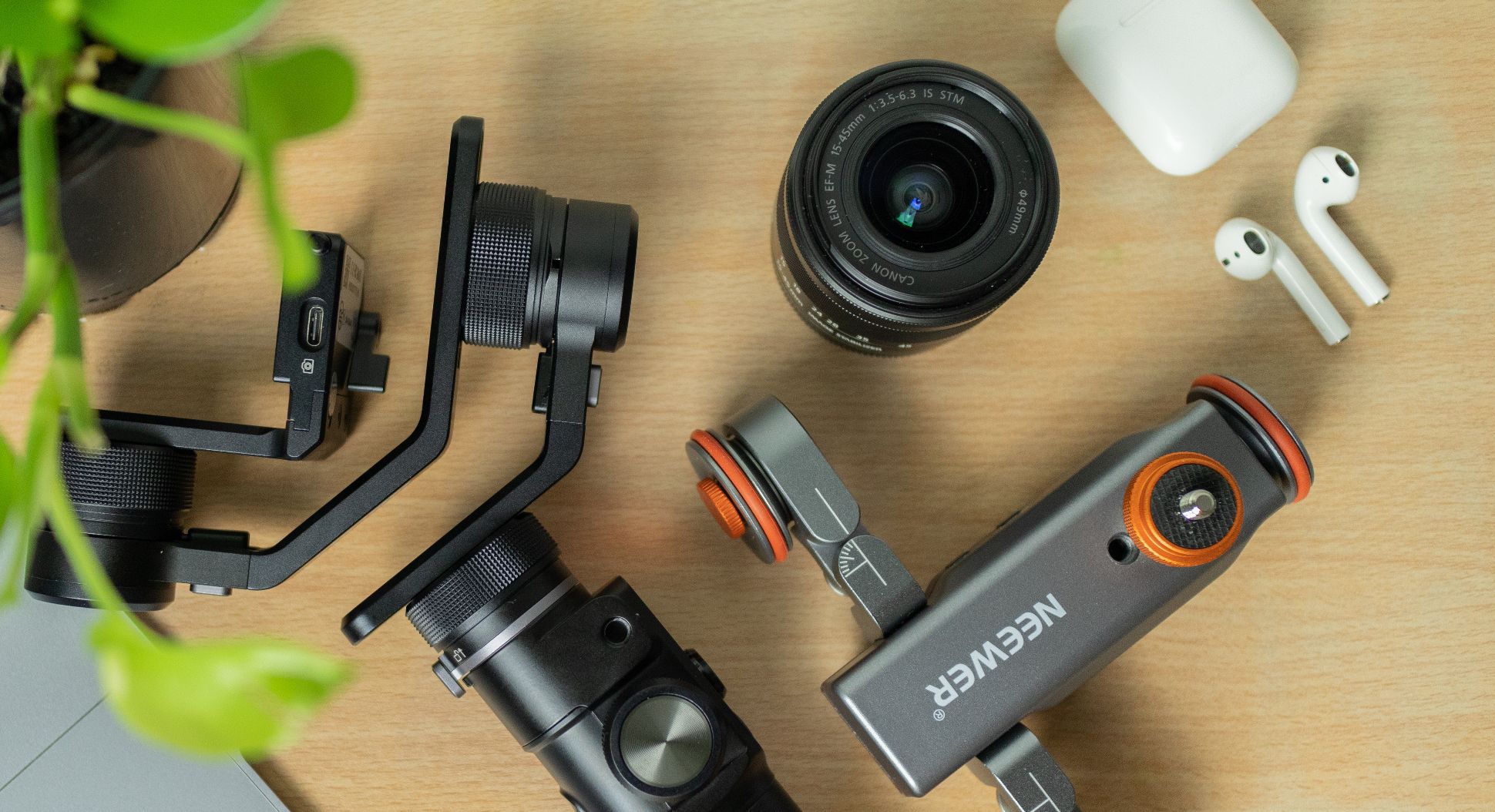Tech products undoubtedly make for a perfect gift, whether a wireless charger, electric toothbrush, or the newest smartphone. But tech can be pricey, and shopping online can make returns something of a challenge. So, if you're shopping online for tech gifts this holiday season, here are some mistakes you should avoid making so that you get the right product.
1. Buying from Untrustworthy Sites
It's natural to search for a deal when buying tech gifts, as many products have a steep price point. However, the desire to grab a bargain can drive us towards less well-known sites that retail their tech for a lower price. There's nothing wrong with a discount, per se, but some sites list products at an almost irresistible price to push sales.
Here's where the problems can arise. It's common for this kind of site to hide caveats from customers until the deal is done. For example, shipping may take months, or customer service could be completely lacking. Alternatively, these sites might not send you anything, taking your funds and providing nothing in return. Of course, this is a blatant scam, but it can be hidden well nowadays with seemingly professional sites.
So, if you can, stick to the sites you know this holiday season. If you're interested in using a site you haven't heard of before, it's crucial that you check third-party reviews (i.e., posted elsewhere). Reviews on the site may be engineered to be positive, so checking other review sites for an unbiased perspective is always helpful. By taking these precautions, you can avoid scams when buying holiday gifts.
2. Buying Second Hand Products Without Knowing the True Condition
Buying second-hand tech as a gift can be a great idea, especially if the product in question is in great condition. But some sellers may oversell the state of a product's condition. For example, a seller may list a second-hand smartphone that's "Like New" but only provide one or two photos and a very brief product description. This could be a harmless oversight, but it may also be a red flag.
When shopping for second-hand tech, it's important that you're provided with a decent number of photos so that you can assess the condition for yourself. On top of this, you should consider messaging the seller with any additional questions you have about the condition if the product description is vague. For example, you could ask about scratches, performance issues, fading, and other factors that may affect the item's quality. The seller should be happy to answer such questions (and if they're not, that could be a red flag).
If you're buying from an individual seller, as is often the case with second-hand tech, also try checking their profile reviews to see if other buyers have had a positive experience.
3. Buying a Product With Extras
Today, many tech products need a number of additional pieces of hardware to work. Alternatively, some tech products even require the user to sign up for a paid subscription. Take the LoveBox, for example. This device lets you send affectionate messages to a loved one—provided they also have a LoveBox. So, buying someone just one LoveBox is essentially useless.
If you're looking to buy a loved one a tech gift this holiday season, make sure there aren't additional accessories or subscriptions they need to pay for first. This can make the gift more of a financial burden than anything else, so it's important that the vast majority of the hardware needed is within the gift itself.
4. Buying a Product that Hasn't Been Thoroughly Reviewed
There's a new tech item on the market every other day, be it a smartphone, speaker, television, or air fryer. There's often a lot of hype surrounding new products, but this doesn't mean they're worth the buy. For example, a new laptop model may seem great when you view the product photos and read the specifications, but this doesn't guarantee a solid item. Deceptive marketing is very much a problem in the e-commerce world, and it's best to take note of this.
New tech products often take a little while to amass criticism for quality, performance, or aesthetic issues, so it's wise for the public to give its opinion on a given tech product before buying so that you're not paying money for and gifting to someone a lackluster item.
5. Buying Gimmick Gifts
There's no denying that gimmick gifts can be amusing. But paying a decent amount of money that the recipient will only use once or twice isn't rewarding or financially savvy. So, if you're looking to buy a tech gift, try opting for something that will make itself useful in the recipient's life. On the topic of usefulness, try making sure that you're not buying someone a product that's similar or identical to something they already have. But, again, this can end up being a waste of money.
If you want to buy a gimmick tech product, consider grabbing something cheap or steer your money towards something with long-term utility.
6. Buying a Product with a Shady Reputation
There are numerous tech products out there that simply aren't worth buying. While some products are just a little disappointing, others can be nothing short of terrible, so it's crucial to know what you're dealing with before you make a purchase.
If you're very interested in a product but you've noticed it's got a pretty ambiguous reputation, consider this a red flag. Seeing a sizable chunk of negative reviews across various sites should be taken into account, as it's not likely that every one of these review sites is unreliable. If you've noticed that a product has lackluster performance, shady privacy and security terms, or any other questionable factors, think twice before gifting it to a loved one.
Find the Right Tech Gifts For Your Loved Ones
Finding the right tech gift for your friend or relative can be challenging, as there's so much choice out there today, and the constant onslaught of new hardware and software can be overwhelming. But by following the tips above, you can decrease the chance of making a faulty tech gift purchase this holiday season.







